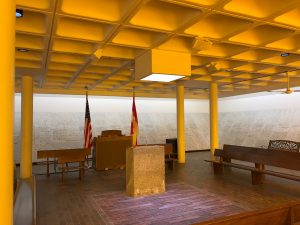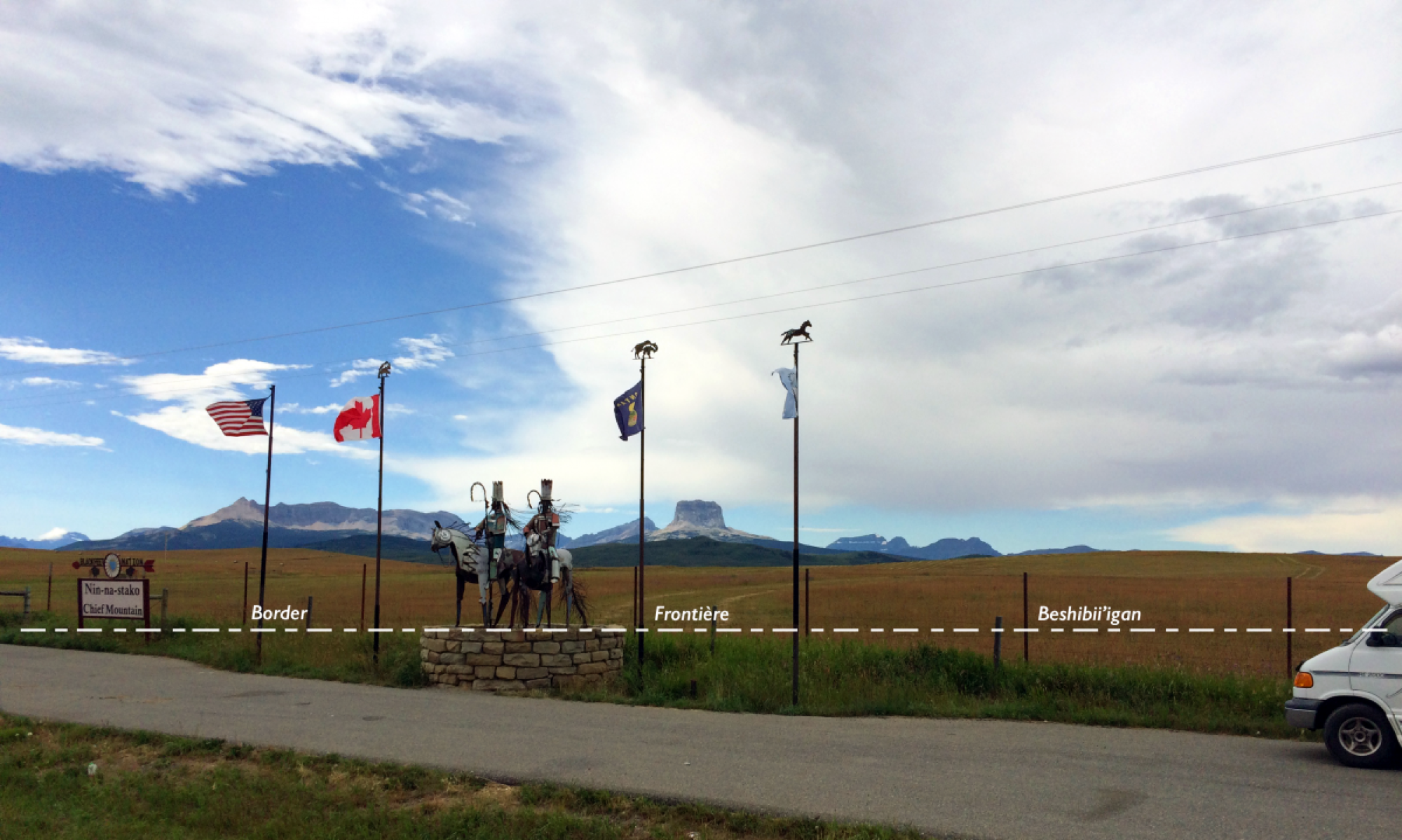Colonizing Visions in Celebrations of Peace
There are four international ‘peace’ parks astride the US-Canada border: Peace Arch Park in Washington/British Columbia; Waterton-Glacier International Peace Park in Montana/Alberta; International Peace Garden in North Dakota/Manitoba; Roosevelt Campobello International Park in Maine/New Brunswick. These parks celebrate the peaceful and amicable relations between the United States of America and Canada. — Strikingly, only the Waterton-Glacier Park gives any consideration to the Native Nations on whose homelands these parks were established.
The silencing of native peoples in these parks is particularly disconcerting when their stated purpose is to celebrate peace. Apparently, peace only includes the peoples of the United States and Canada and not native peoples.

The welcome message on the website of the International Peace Garden reads: “The International Peace Garden is at the heart – at the Center/Centre – of the Turtle Mountains. We’re at the heart and Centre of the Great Plains/the Midwest/the prairies. We are at the heart of Turtle Island of North America.” Sadly, those two words, “Turtle Island” are the only veiled reference to indigenous people even though the garden is on the traditional homeland of the Anishinaabe with the reservation of the Turtle Mountain Band of Chippewa Indians a mere 20 miles down the road to the south east. There is no plaque, no sign, no monument to indicate a native presence anywhere on the grounds. There is even silencing in the chapel of the International Peace Garden, which sits squarely on the international border. There, the walls are covered with inspirational quotes about peace from around the world; yet, there is not a single quote from native peace makers, such as Chief Joseph or Chief Seattle.
